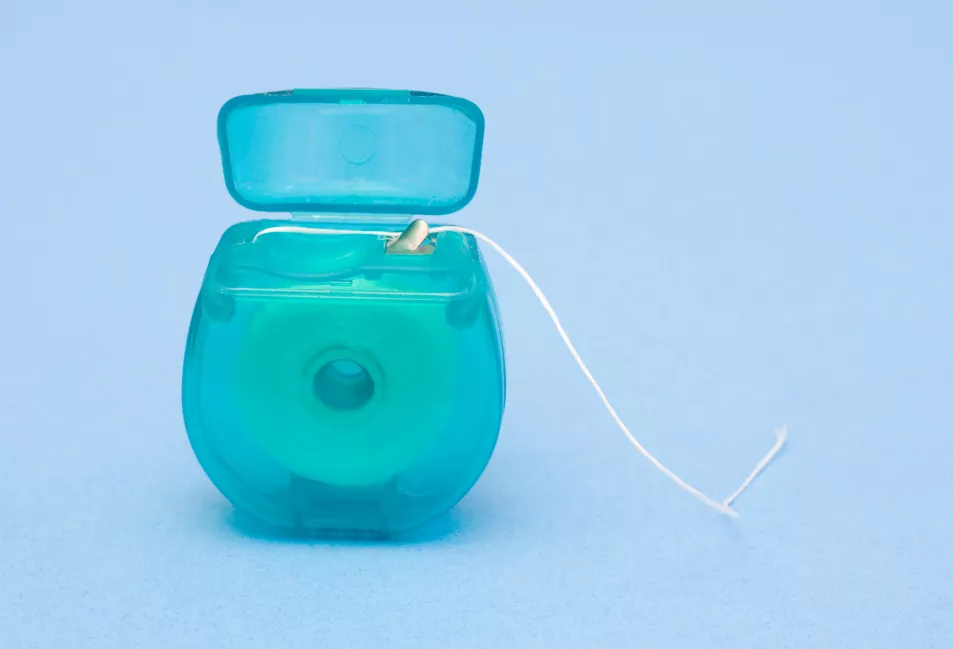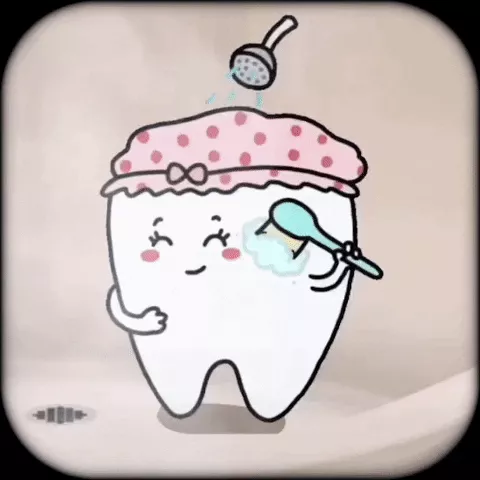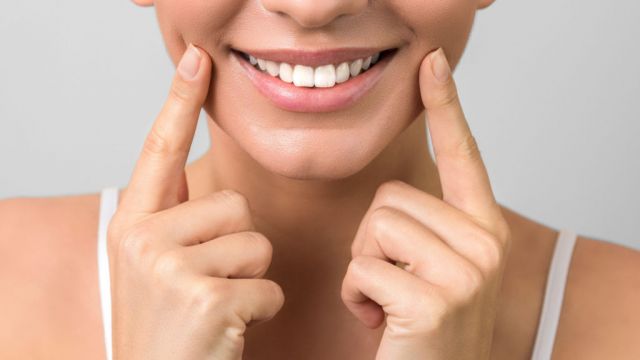It’s been instilled in us since day dot: brushing your teeth twice a day will help keep the dentist away.
But it’s easy to go overboard on the brushing, fret about staining, or make silly – and potentially harmful – mistakes.
To brighten your smile, experts share some of the common oral health mistakes you might be making – and how to fix them…
1. Not cleaning in between teeth

“Brushing only cleans three out of the five tooth surfaces,” says Anna Middleton, founder of London Hygienist (londonhygienist.com).
“However, interdental cleaning with floss or brushes helps prevent tooth decay and gum disease, which can occur when food and plaque are left lodged between teeth.”
If you have the space between your teeth, Middleton says to opt for interdental brushes, and always use the biggest size possible – you may need more than one size.
“If your teeth are tight together, dental floss is recommended. Do this once a day, preferably at night and in front of the mirror.” And if you hate flossing, why not try a water flosser?
2. Only brushing the teeth and not the gums

“Many of us forget to brush our gums when we brush our teeth,” says Middleton – but it’s crucial, “Because this is where plaque will sit”.
Her pro tip? “When using an electric toothbrush, place the bristles against the teeth at a 45-degree angle towards the gum line. Hold the handle gently with a light grip, and only apply light pressure. Glide the brush across your teeth and gums gently, allowing your brush to do most of the work.”
3. Not brushing long enough
“Brushing your teeth is one of the most important tasks we do each day, but some of us don’t dedicate enough time to it,” says Dr Theo Sioutis, dental director of private healthcare firm My Healthcare Clinic (myhealthcareclinic.com).
“Rushing the job means you might miss surface areas – such as between the teeth or along the gum line, leading to plaque and bacteria build-up, and risking long-term problems such as cavities and gum disease.”
It’s an easy fix, with Sioutis saying: “Brushing your teeth for two minutes, twice a day, making sure you don’t miss the harder-to-reach places, should ensure you remove all of the plaque and germs that can otherwise build up.”

4. Brushing too hard
“It can be difficult to find the right amount of pressure to apply when brushing our teeth, and brushing too hard is a common mistake that can have negative consequences,” says Dr Honar Shakir of private dental firm Banning Dental Group (banningdental.co.uk).
“Over-aggressive brushing can slowly erode the enamel of our teeth and lead to gum recession, potentially exposing nerves and roots.”
If you feel your teeth becoming more sensitive or your gums start receding, Shakir says it could be a sign you need to apply less pressure. To fix this problem, he recommends holding the toothbrush with just three fingers, or switching to a brush with softer bristles.
5. Not replacing your toothbrush

As Shakir points out: “The bristles on your toothbrush become splayed and less effective over time, meaning they can’t tackle the harder-to-reach places such as between the teeth.
“Germs can also become a problem when a toothbrush has been used for too long.”
Experts recommend changing your toothbrush or brush head at least every 12 to 16 weeks.
6. Brushing at the wrong times
Dr Azad Eyrumlu of Banning Dental Group says that when you brush your teeth is crucial.
“For example, brushing immediately after consuming acidic foods such as coffee or orange juice can be harmful to the enamel, as you’re effectively brushing the acid onto your teeth,” he explains. “Your mouth needs time to produce saliva to neutralise the acid, and make it safe to brush again.”
Eyrumlu says: “Try to wait at least 30 minutes after consuming acidic foods or drinks before brushing.”

7. Using the wrong type of electric toothbrush
There are many different types of electric toothbrushes, but Middleton says the best are “rotary/oscillating heads and sonic vibration heads”.
She continues: “Rotary/oscillating heads are small and round, rotating in one direction and then the other, one tooth at a time to sweep plaque away. Often these heads pulsate, too.
“Sonic heads vibrate at certain high speeds and frequencies to break down plaque, as well as agitate the toothpaste and fluid in the mouth to clean between teeth and along the gumline.”
She says both these types will remove more plaque than a manual toothbrush, and suggests avoiding battery-operated toothbrushes. “They’re not effective and the tendency to ‘scrub’ with one remains, which can lead to damage of the gums,” she adds.







